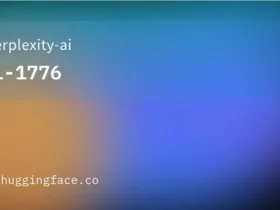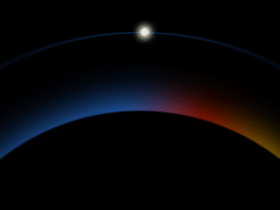Abstract
We propose a novel geometric model to explain the observed redshift of light from distant celestial objects without invoking cosmic expansion or gravitational redshift. By examining the angular geometry between the light source, the observer, and a fixed reference point “above” the observer, we demonstrate how spatial geometry alone can lead to an apparent increase in the wavelength of light—a redshift—as a function of distance. Our model constructs triangles with varying angles to illustrate this effect, maintaining a static universe and attributing the redshift to purely geometric phenomena. This approach offers an alternative perspective on cosmological observations and invites reconsideration of fundamental assumptions in cosmology.
1. Introduction
The cosmological redshift is a foundational observation in astrophysics, indicating that light from distant galaxies is shifted toward the red end of the spectrum. This phenomenon has traditionally been attributed to the expansion of the universe, leading to the widespread acceptance of the Big Bang model. Hubble’s Law, which establishes a linear relationship between a galaxy’s redshift and its distance from Earth, has been a cornerstone supporting the concept of an expanding cosmos.
However, alternative models that do not invoke cosmic expansion can provide new insights into the universe’s structure and the mechanisms behind observed phenomena. By exploring different explanations for the redshift, we can challenge existing paradigms and enhance our understanding of cosmological principles.
In this paper, we propose a geometric approach based on triangle geometry to explain redshift phenomena within a static universe. By analyzing the angular relationships in a specific geometric configuration involving the light source, observer, and a reference point “above” the observer, we demonstrate how purely geometric effects can lead to an apparent increase in the wavelength of light with distance.
2. Geometric Framework
Our model is constructed upon three foundational principles:
1. Static Universe
-
Assumption: The universe is not expanding or contracting; its large-scale structure remains constant over time.
-
Implication: This allows us to attribute observed redshift effects to factors other than cosmic expansion.
2. Straight-Line Light Propagation
-
Assumption: Light travels in straight lines through space unless influenced by gravitational fields or other forces.
-
Implication: This simplifies the model to classical Euclidean geometry, making calculations and interpretations more straightforward.
3. Angular Geometry
-
Assumption: The redshift arises due to the geometric configuration between the light source, the observer, and a fixed reference point “above” the observer.
-
Implication: By examining how angles and side lengths in this configuration change with distance, we can relate these geometric changes to shifts in the observed wavelength.
3. Triangle-Based Redshift Mechanism
Triangle Construction
We construct a right-angled triangle to model the geometric relationship between the source of light, the observer, and a fixed point.
-
Vertices:
-
S (Source): The distant celestial object emitting light.
-
O (Observer): The location where the light is detected (e.g., Earth).
-
P (Perpendicular Point): A point located at a fixed perpendicular distance \( h \) “above” the observer \( O \), forming a right angle at \( O \).
-
-
Sides:
-
\( d \): The horizontal distance between the source \( S \) and the observer \( O \).
-
\( h \): A fixed perpendicular distance from the observer \( O \) to point \( P \).
-
\( L \): The hypotenuse connecting the source \( S \) to point \( P \).
-
Angle at the Source (\( \theta \))
-
Definition: \( \theta \) is the angle at the source \( S \) formed between sides \( d \) and \( L \).
-
Behavior with Distance: As \( d \) increases, \( \theta \) decreases, causing the triangle to become more elongated.
Effect on Wavelength
-
Hypothesis: The lengthening of side \( L \) corresponds to an effective increase in the path length that light travels, influencing the observed wavelength.
-
Mechanism: A smaller angle \( \theta \) at the source leads to a longer hypotenuse \( L \), which is associated with a stretching of the observed wavelength, resulting in a redshift.
4. Mathematical Representation
4.1 Triangle Relations
For a right-angled triangle with sides \( h \), \( d \), and hypotenuse \( L \):
L = \sqrt{d^2 + h^2}
\theta = \arctan\left(\frac{h}{d}\right)
4.2 Wavelength Stretching Mechanism
We propose that the observed wavelength \( \lambda_{\text{obs}} \) is related to the effective path length \( L \):
\lambda_{\text{obs}} = \lambda_{\text{emit}} \left(1 + \frac{\Delta L}{L_0}\right)
-
Definitions:
-
\( \lambda_{\text{emit}} \): The wavelength of light as emitted by the source.
-
\( \Delta L = L – L_0 \): The increase in the hypotenuse length compared to a reference length \( L_0 \) at a reference distance \( d_0 \).
-
\( L_0 \): The hypotenuse length at the reference distance.
-
4.3 Redshift Expression
The redshift \( z \) is defined as the fractional change in wavelength:











